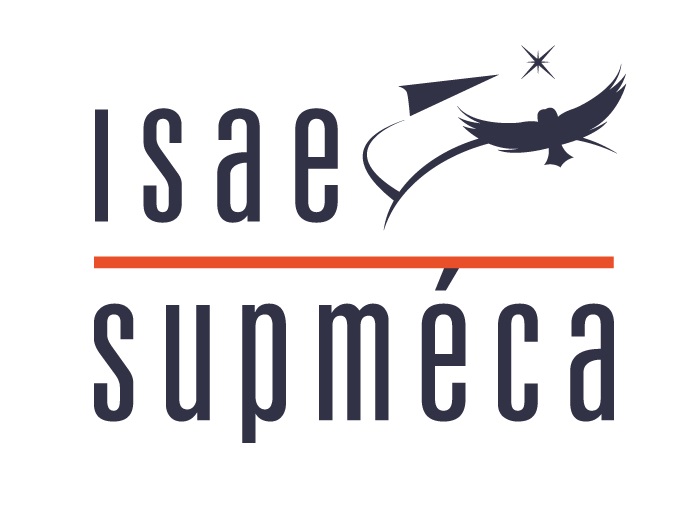CONTACT FRETTING DAMAGE
The word “fretting” describes both specific tribological conditions (vibrationsunder low amplitude motion leading to the limited sliding of interfaces so that a fraction of the surfaces always remains in contact) and the resulting damage. This can involve combinations of elementary mechanisms like wear (abrasion, seizing, etc.) and contact fatigue (crack initiation, scaling, delamination, etc.).
This research activity focuses on the experimental study of damage phenomena by pure fretting, without coupling with the volume fatigue loading of the samples. The fretting-fatigue and fretting-wear solicitations are simulated experimentally to study the performances of metallic substrates and composites, and to characterise damage mitigation solutions (surface and coating treatments).
Two dedicated test devices (Vibro-Cryo-TriboMeter and Vibro-Thermo-TriboMeter) allow covering a wide range of thermal conditions (cryogenic temperatures in a liquid nitrogen bath, up to 600°C with pulsed air). A parallel hygrometric test can also be performed using a mobile external climatic test chamber.
The sample holders and test setting systems are specifically designed to study contact surface situations (plane/plane or other conformal contact geometries).
This problem is approached in several ways :
(i) Local analyses of damage,
(ii) Characterisation of contact stiffness,
(iii) Characterisation of the evolution of damping due to dry friction.
Local analysis of damage
The estimation of wear and understanding of damage phenomena requires local approaches, in particular for studying rough surfaces in surface configurations. Movements of materials and surface changes are of a magnitude close to or lower than the original surfaces roughnesses.
Setting up 3D topographical analysis methods to compare surfometry profiles before and after tests is a means of observing tribological damage in detail.

Characterisation of contact stiffness
Modelling the mechanical behaviour of different assembled structures requires knowledge of the behaviours of interfaces, which include in particular the normal and tangential stiffnesses of contacts. Loading conditions and tribological damage can lead to a considerable change in the stiffness of the interface.
The direct measurement of the real stiffness of the contact using hysteresis cycles of tangential/sliding efforts requires the positioning of the sensors as close as possible to the contact, precise knowledge of the measurement system, and the characterisation of the behaviour of the different mechanical parts of the test bench.
Characterisation of the evolution of damping due to dry friction
Modelling the vibration behaviour of assembled structures involves controlling the different sources of damping. Part of the dissipation can stem from the intrinsic behaviour of the material, but the contact interfaces subject to micro-sliding can also be a source of dissipation.
The post processing of force/displacement hysteresis cycles coupled with test-bench modelling make it possible to characterise a damping rate for a tribological situation, and to quantify its evolution with damage.








